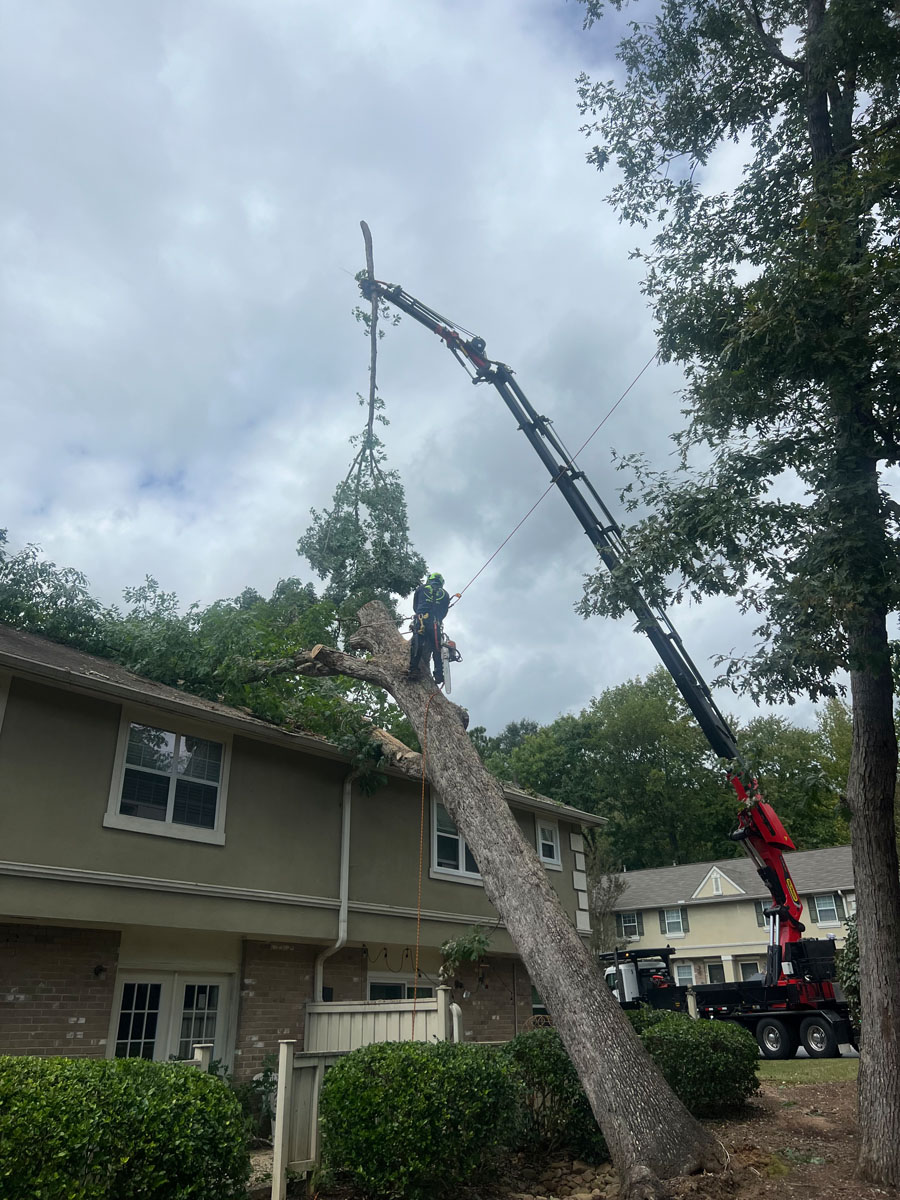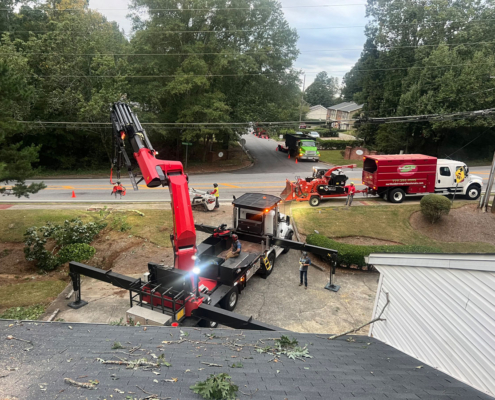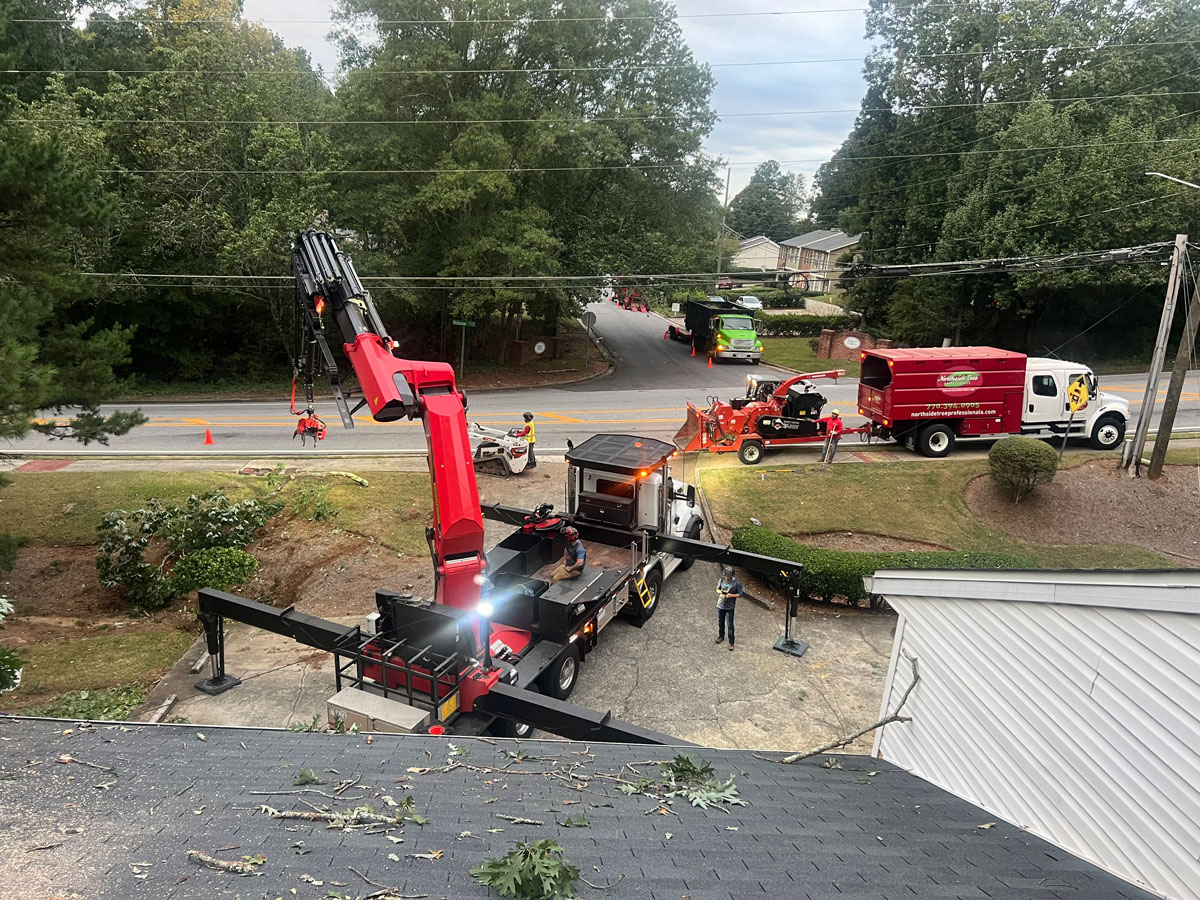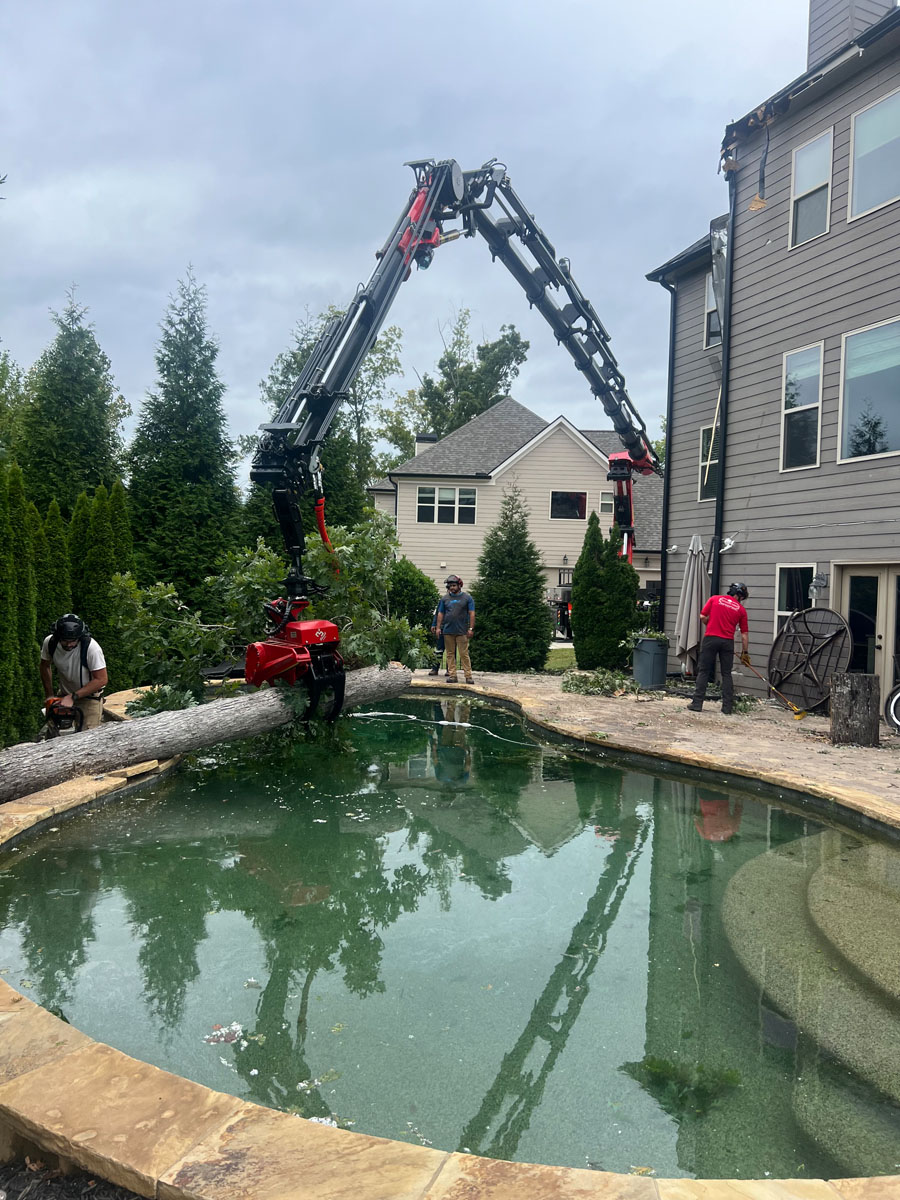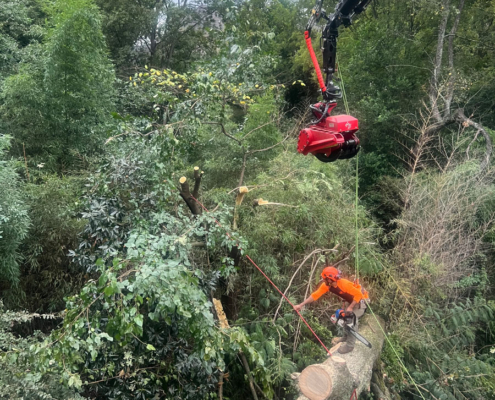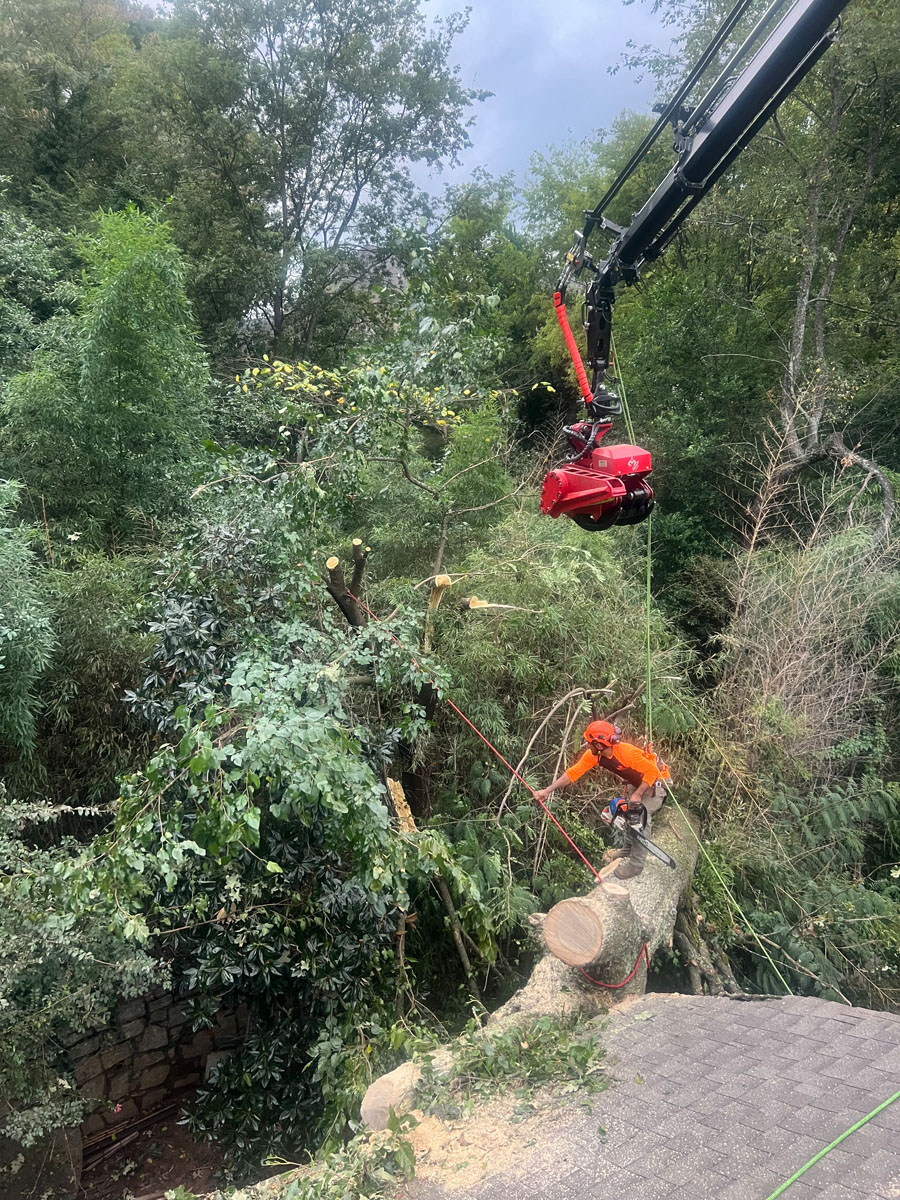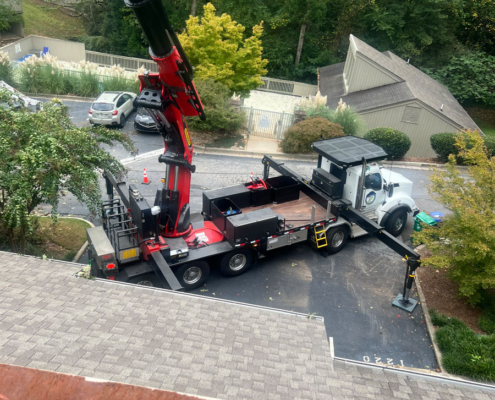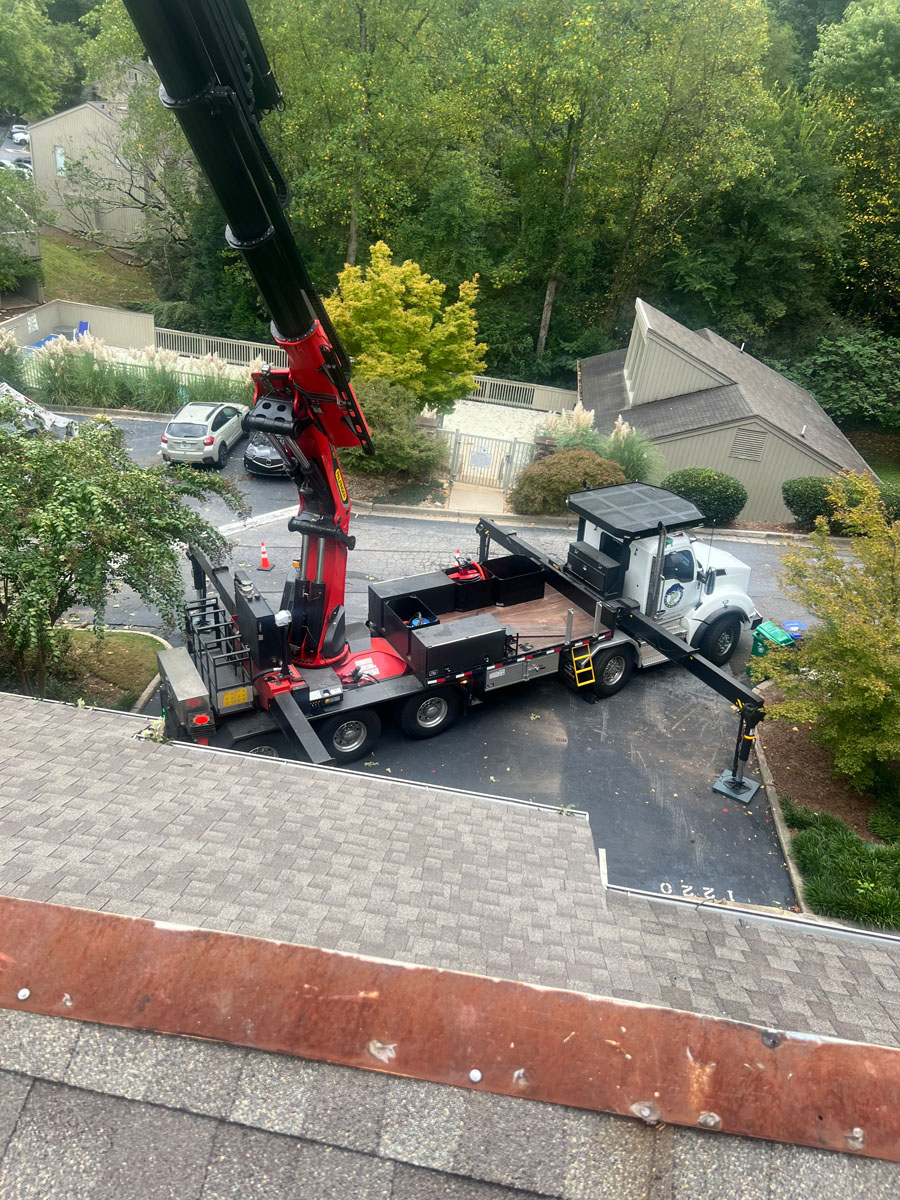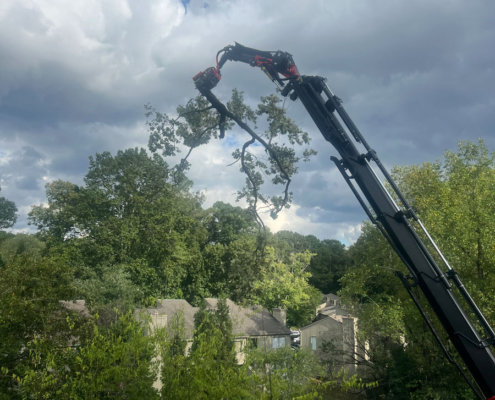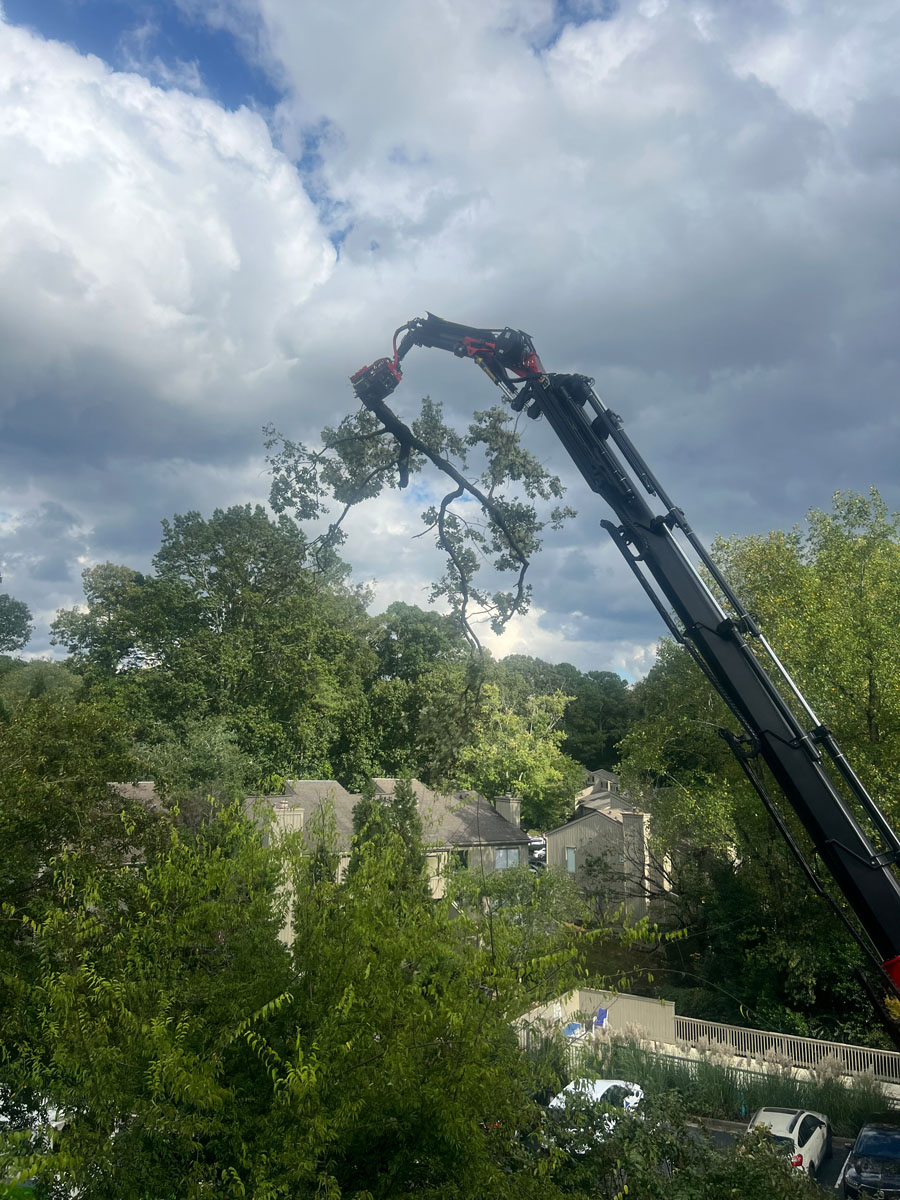Each month, we feature some of the most popular trees in the state, including the Paperbark Maple, Sugarberry Tree, and Eastern Redbud.
Today, we are shining a spotlight on the crown jewel of flowering cherry trees, the Yoshino Cherry (Prunus × yedoensis), also known as the Japanese Flowering Cherry.
Characteristics
The Yoshino Cherry tree is known for its elegance and splendor. Of all the flowering cherry trees, this one is surely the standout, boasting an abundance of white-pink blossoms that bloom during a memorable two-to-three-week period in springtime.
In fact, the Yoshino is often the star of National and International Cherry Blossom Festivals, including some in Macon! On top of their beautiful appearance, they are also known to produce a light almond fragrance.
Yoshino Cherry trees typically grow to 40-50 feet, at a rate of around 13 to 24 inches a year. Meanwhile, their spread can reach around 25 to 40 feet. These trees are chosen for their spectacle, so if you want to turn heads, consider this for your next landscaping project.
Since they are highly ornamental, you can make the most out of these trees by placing them as the main spotlight of your yard, or along streets or decks where they can provide shade as well as knockout beauty.
Growing Conditions
The Yoshino Cherry accepts a variety of soil conditions, including acidic, loamy, moist, sandy, well-drained, and clay soils. This soil-forgiving tree does, however, prefer moist soil.
The Yoshino tree can also reliably grow in Hardiness Zones 5-8 (North Georgia is in Zone 7). Although partial shade is permissible, they grow their best in a setting with full sun. At the very least, your Yoshino Cherry tree should receive four hours of direct sunlight a day.
Tree Care
Heavy pruning isn’t necessary to maintain the Yoshino, but if you notice dead or crowded branches, hand pruning may help. It is best to prune during the summer months after the tree has reached full bloom, so that you don’t risk trimming away any flower buds.
Even though relatively easy to grow, the Yoshino and other ornamental cherry trees are known for their relatively short lifespan. You can expect them to thrive for approximately 15-20 years, though some have much longer lifespans. The cherished and well-protected Yoshino Cherry trees in Washington D.C., for example, were originally gifted by the Mayor of Tokyo in 1912, and are thriving to this day!
Signs of Distress
While Yoshino Cherries have some drought resistance, it is best to keep them in moist soil. Avoiding extremely hot or cold weather is also important for the health of your Yoshino, and they generally do not do well in cold climates.
Insects — including scale, aphids, and mites — can be a large problem for these lovely trees. Neem and horticultural oil, as well as insecticidal soap, are all great options to help keep these pests at bay. Tent caterpillars and cankerworms may also prey upon your Yoshino Cherry, but luckily there are some organic pesticides that can help treat these issues.
In the case of more intense infestations, consult with a tree professional before administering a heavier pesticide, to make sure you don’t damage the tree, surrounding soil, or the rest of your lawn.
You can also prevent insect predators by minimizing the amount of mulch touching the trunk of your tree. Though mulch is good for helping to lock moisture in the surrounding soil, it can contribute to disease and infestations if improperly placed.
Contact Us
To ensure your Yoshino is ready for the spotlight, you can call Premier Tree Solutions at 404-252-6448. You may also schedule maintenance through our website.


